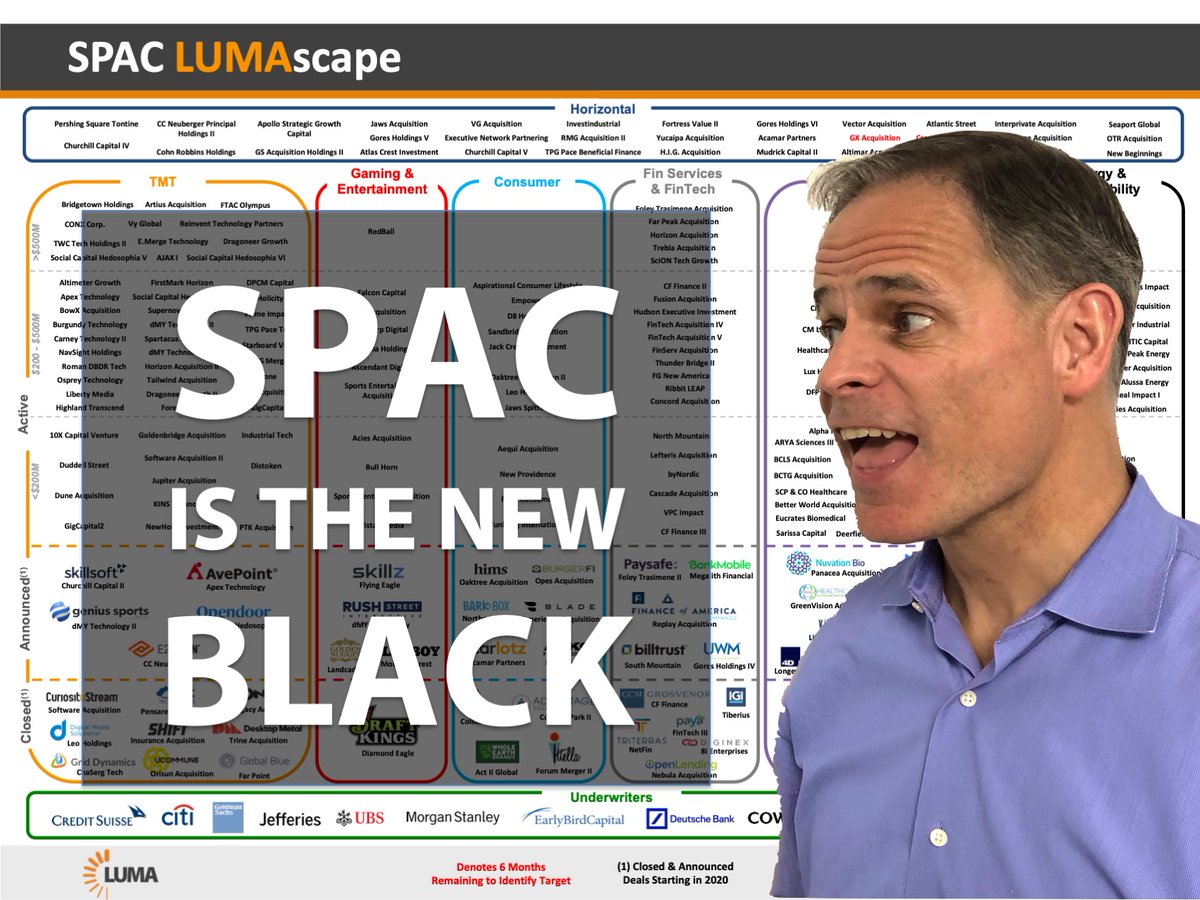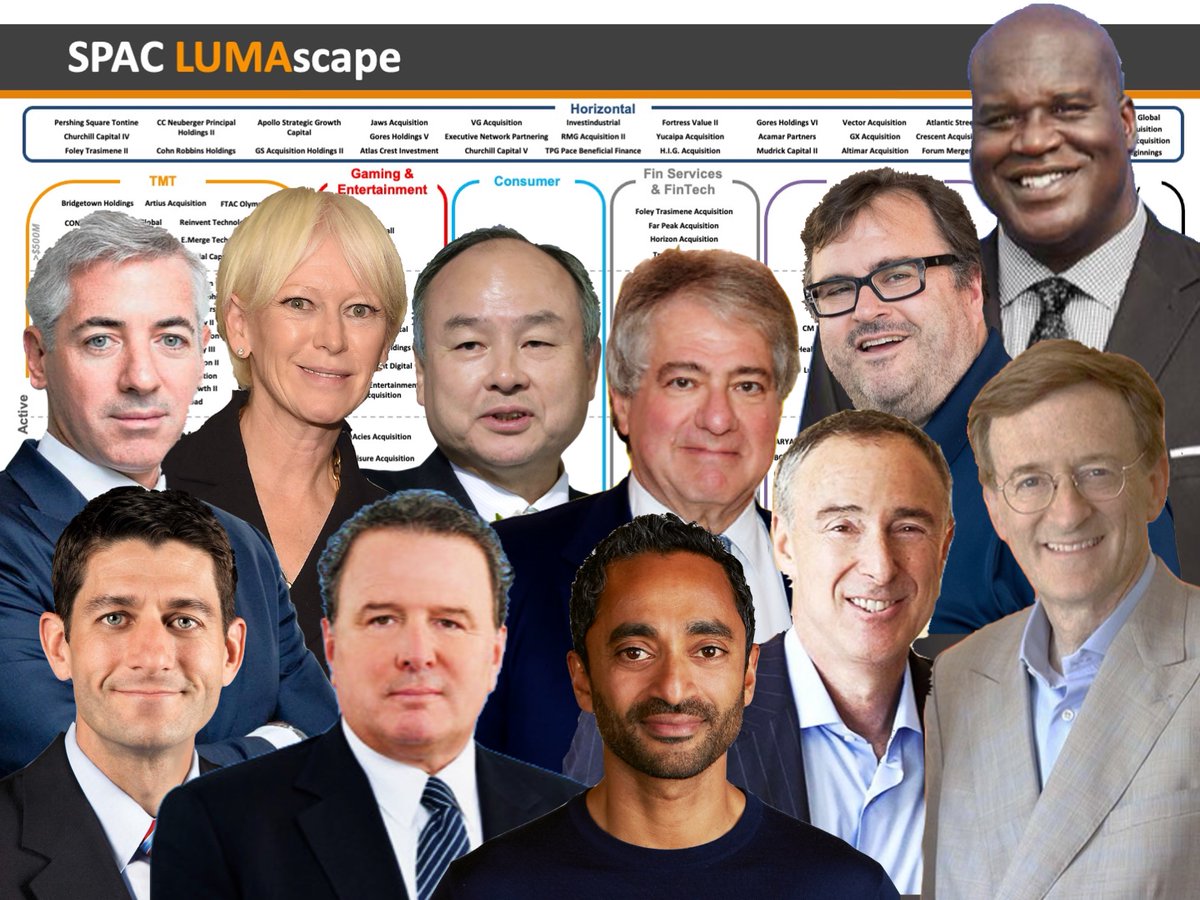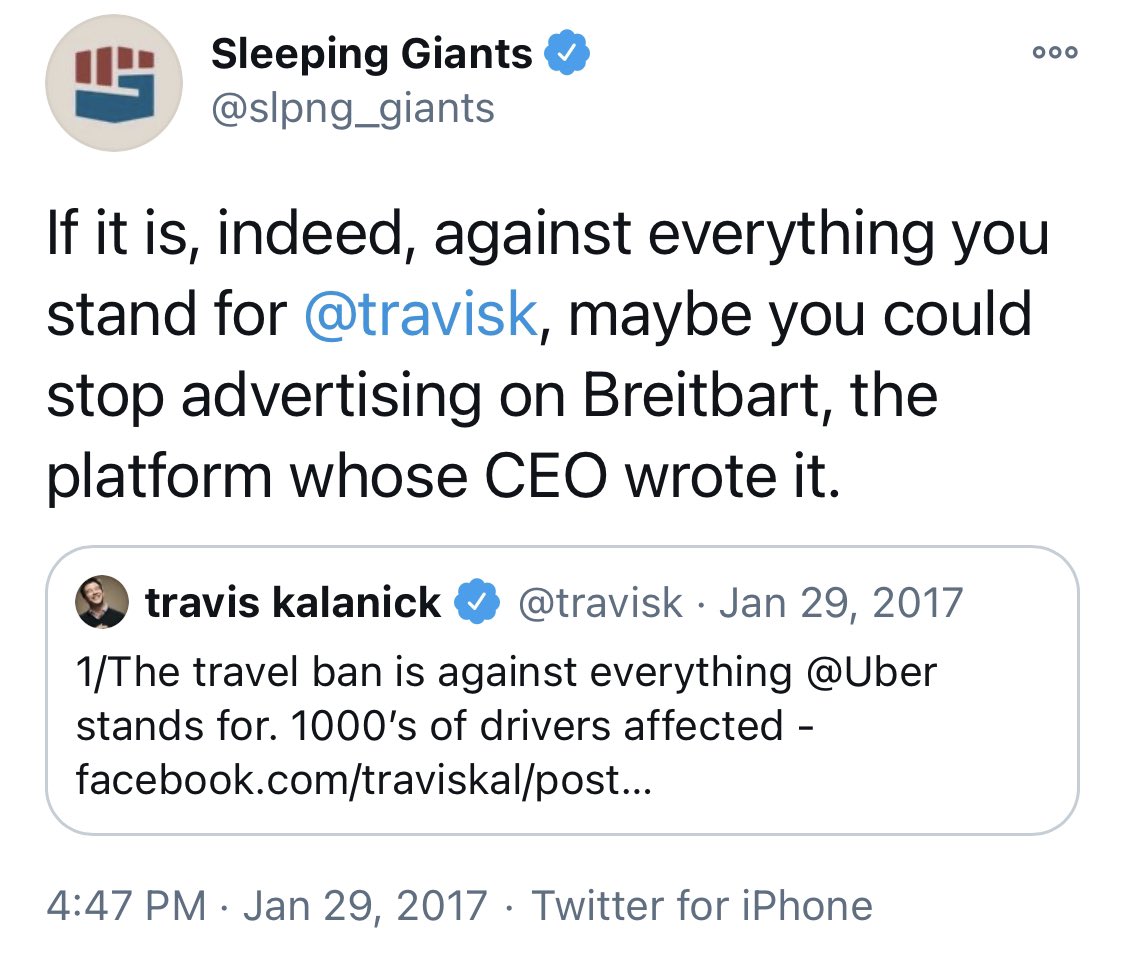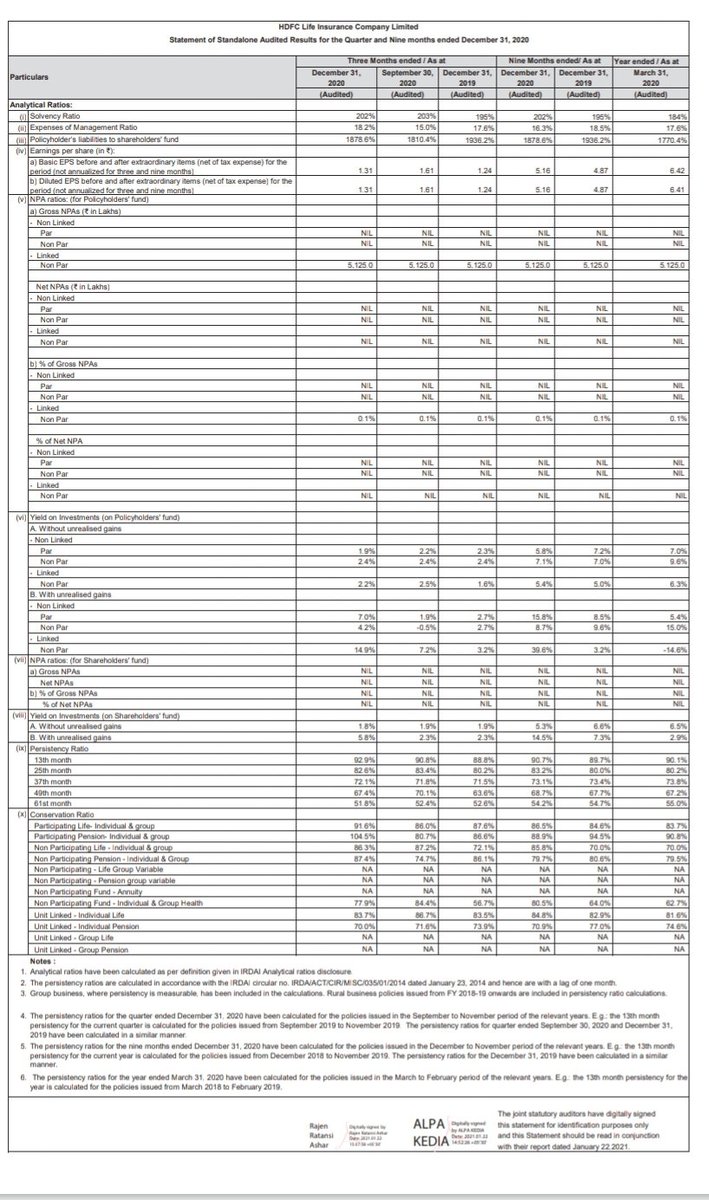Categories Business
"it doesn't affect me if companies pay low wages"
— Dan Price (@DanPriceSeattle) February 11, 2021
In reality, you're paying for it. Over 50% of people on food stamps are actively working. The leading employers are Walmart, McDonald's and Amazon.
As taxpayers, you're subsidizing corporations to pay literal poverty wages.
A large number of new jobs being created are minimum to low wage, so looking for a new job generally won’t increase pay.
Raising minimum wage helps things not directly related.
Helps Infant mortality? Yup.
Lowers Suicide? Yup.
Reduce smoking rates? You bet.
It also boosts the local economy! Minimum to low wage earners spend more % of their money, so an increase means more is spent, often in community!
Low paying jobs are often in sectors which would gain from this. More people spending money in your shop makes your business more money! Now you have more profits and increased labor costs are covered.
LifeLog, via DARPA, terminated on Feb 4th, 2004.
Facebook was launched on Feb 4th, 2004.
Many of the LifeLog team became execs at FB.
Zuckerberg is a figurehead.
CIA allowed Cambridge to help Trump win
https://t.co/enzOXDCogV

Project: Lifelog
— Robert Horan (@Robby12692) December 13, 2018
Started by DARPA in 1999, the goal of Lifelog was to create a database on civilians without their knowledge, and track everything they do.
The project "ended" on Feb 4th, 2004.
Facebook began the exact same day.
The CIA funneled tens of millions into Facebook. pic.twitter.com/r7hwF0v9kh
Pentagon Kills LifeLog

What was once an esoteric (and somewhat tawdry) financing vehicle has now come into the main in terms of quantity ($83 billion in IPOs in 2020) and quality (A-player names pursuing SPACs from name brand PE and VC funds to leading investors and advisors and even celebrities.) 2/15
Early and serial SPAC sponsors like Harry Sloan and Jeff Sagansky (Flying Eagle), Michael Klein (Churchill) and Chamath Palihapitiya (Hedosophia) have helped propel the SPAC phenomenon to new heights, not to mention tech gurus, former politicians and even famous athletes. 3/15

LUMA has created a SPAC LUMAscape that maps over 250 SPACs by stage across 8 verticals. This is the evergreen post that we will endeavor to keep updated (and welcome your feedback): https://t.co/aboAAemu53 4/15
A SPAC is a blank check company where investors back a sponsor group to find a suitable target to merge with (the de-SPACing) which is often accompanied by a PIPE (private investment into public equity) to further finance the target company. 5/15
💸 Katapult provides leasing solution for e-commerce websites
🔥 It enables non-prime customers to lease durable goods online
🚩ALL founders left and $CURO owns 50% of Katapult
⁉️ What is hidden behind the $FSRV SPAC ⁉️
Here is an EASY thread 👇

Katapult was founded in 2012 and was initially called Zibby and operated by Cognical
💸 By 2015, it had raised $ 10m in equity and debt from VC funds such as Tribeca Venture Partners and Blumberg
Cognical was founded by 👇
Brandon Wright - a Cornell MBA who later founded @payfully
Ashutosh Saxena - a PhD in AI from Stanford (awards: https://t.co/YfViWWXqru)
Chinedu Eleanya - a serial entrepreneur who later founded @GetMulberry which sells extended warranty to shoppers
Zibby was a “Lease-To-Own” service designed for durable goods & products (furniture, appliances, electronics)
1️⃣ When customers purchase an item online, Zibby retains the rights to this item
2️⃣ Zibby rents the item to the customer
3️⃣ The customer can decide to purchase the full ownership rights of the item at any time
This model proved successful and Zibby was incubated by Cornell
Here are 10 that are pure gold:
Fund-raising is hard for all of us.
@justinkan shares some unique insights on how to do it well.
I've raised over $150,000,000 as a founder, simply by being a good storyteller.
— Justin Kan (@justinkan) October 20, 2021
Here's how to get VC's to throw money at you:
We rarely hear honest reflections from founders on what they messed up.
@apartovi shares his reflections on a deal that went wrong with Steve Jobs.
As the world celebrated Steve Jobs\u2019s life last week, I recalled a lesson he taught me. My one meeting with Steve didn\u2019t end well. It\u2019s one of my most painful memories, and a warning to startup CEOs about the danger of taking hype too far. Here\u2019s the story. (1/n)
— Ali Partovi (@apartovi) October 10, 2021
Some gems in this thread by @agazdecki on a wide variety of founder
Here's 20 of my top startup tweets... \U0001f9f5
— Andrew Gazdecki (@agazdecki) October 16, 2021
shares some solid principles learned from building a multi-billion dollar business.
Over the last 5 years, I built a $4B company.
— Ryan Breslow \U0001f57a (@ryantakesoff) September 20, 2021
Sounds awesome right?
Not until recently.
I made every mistake imaginable.
The toughest part was getting my head right.
Here are the 12 mindset rules that I\u2019ve developed.




































